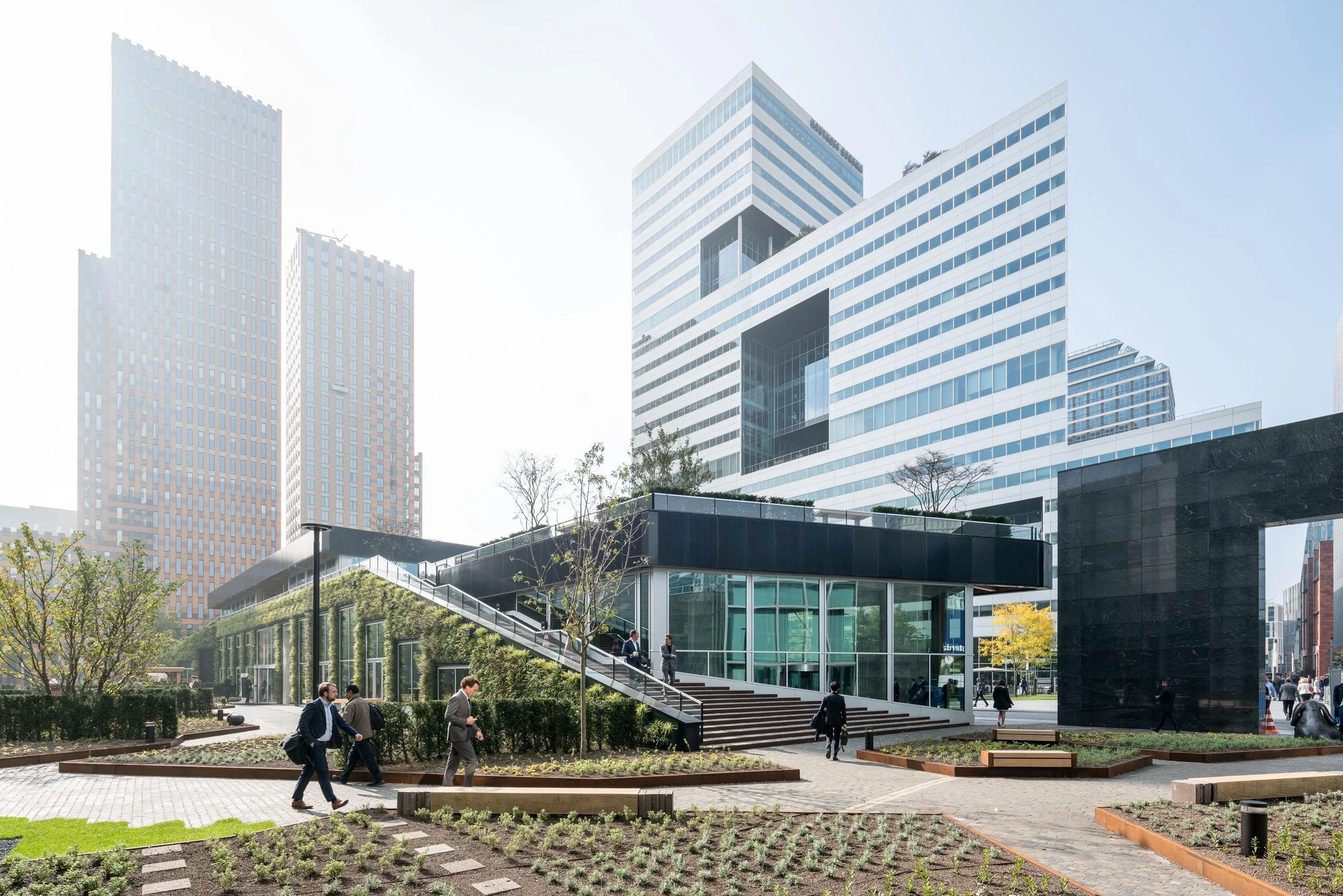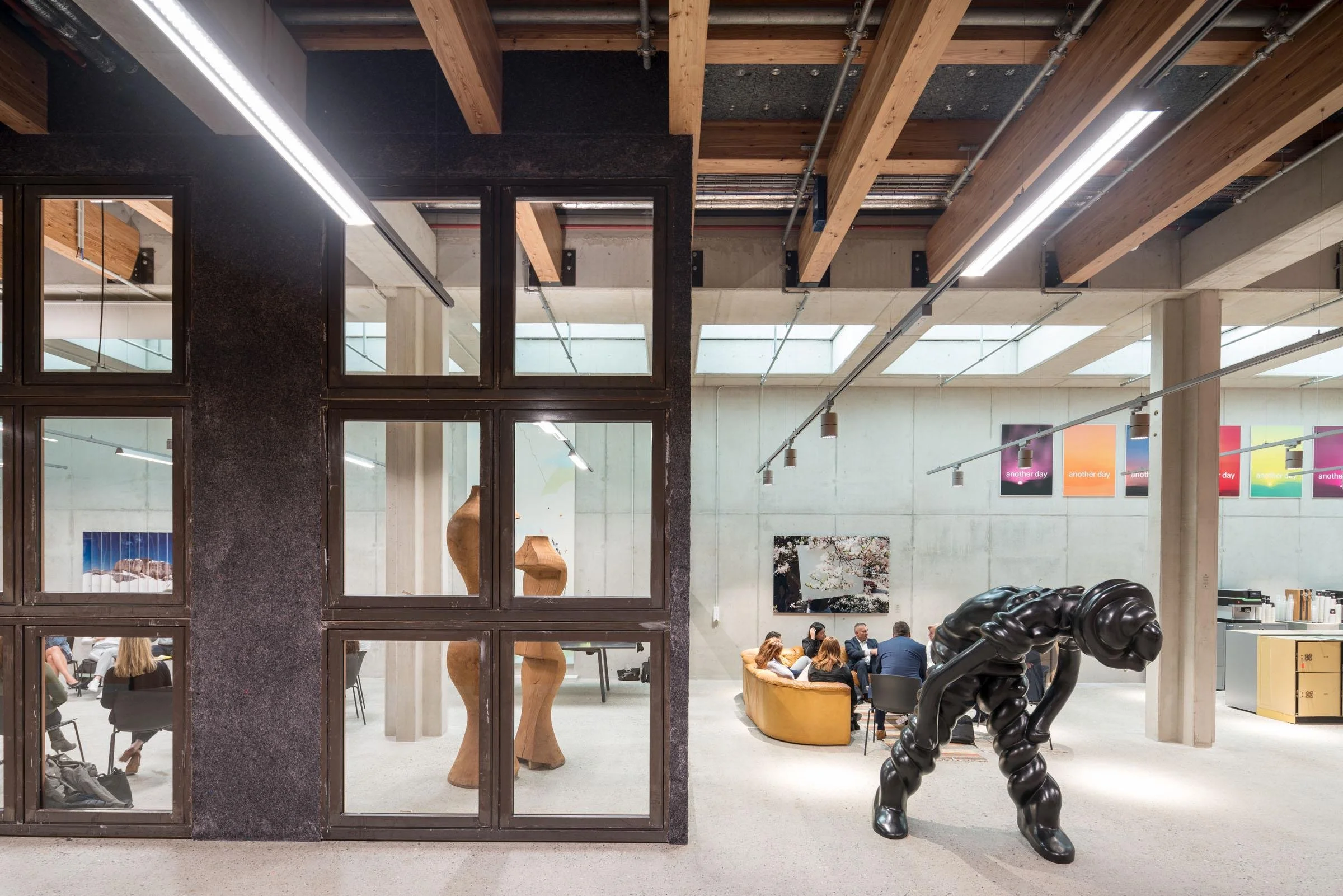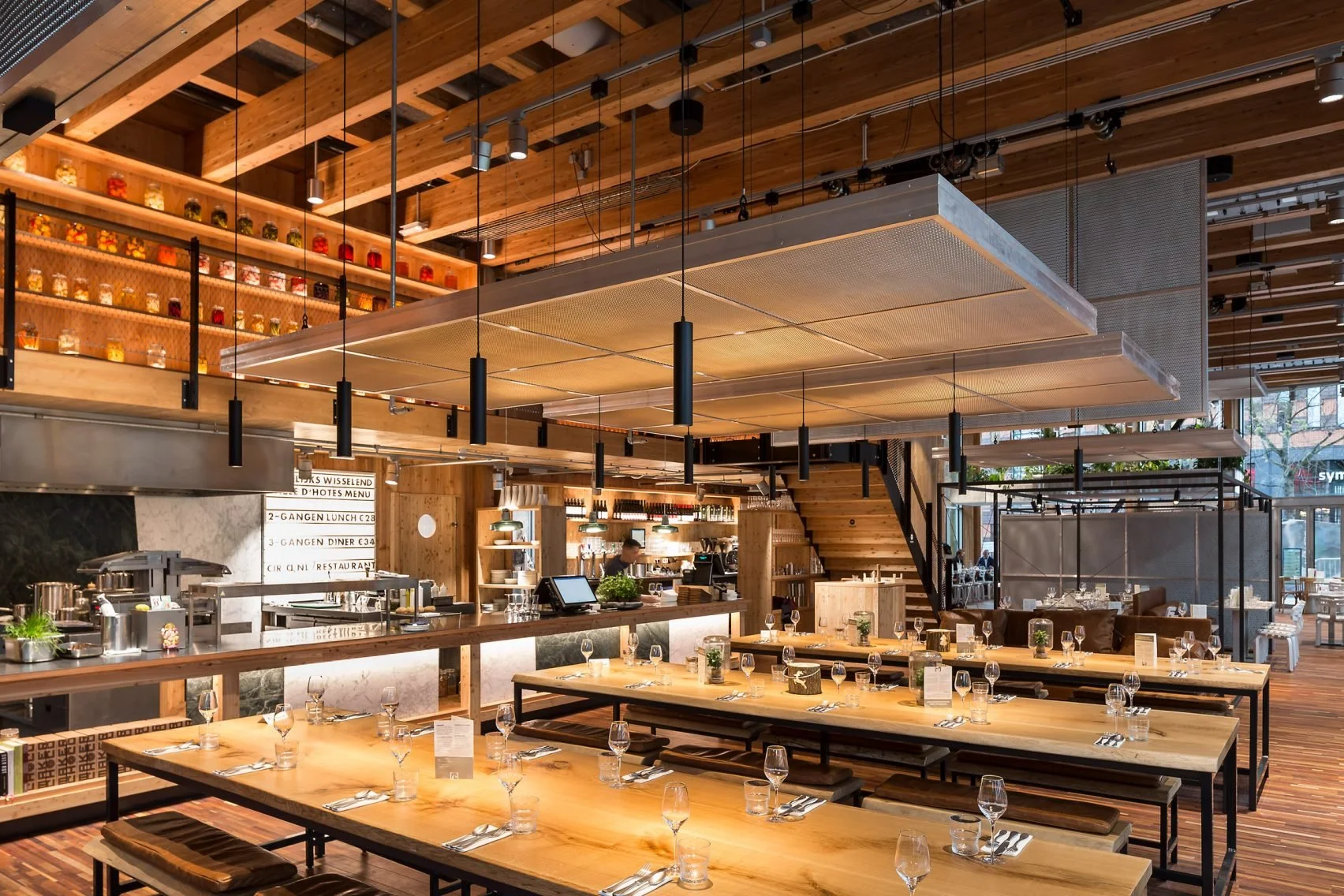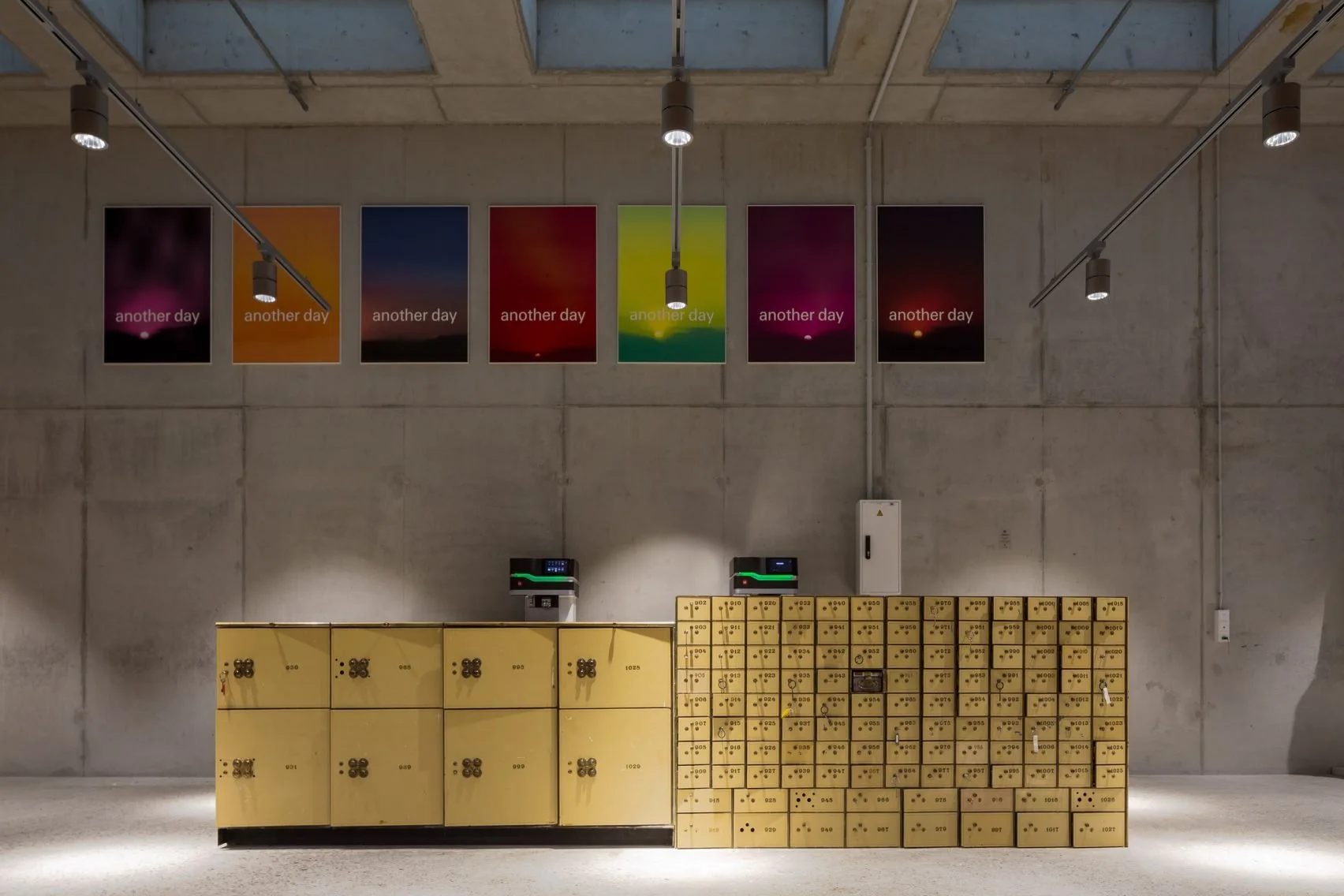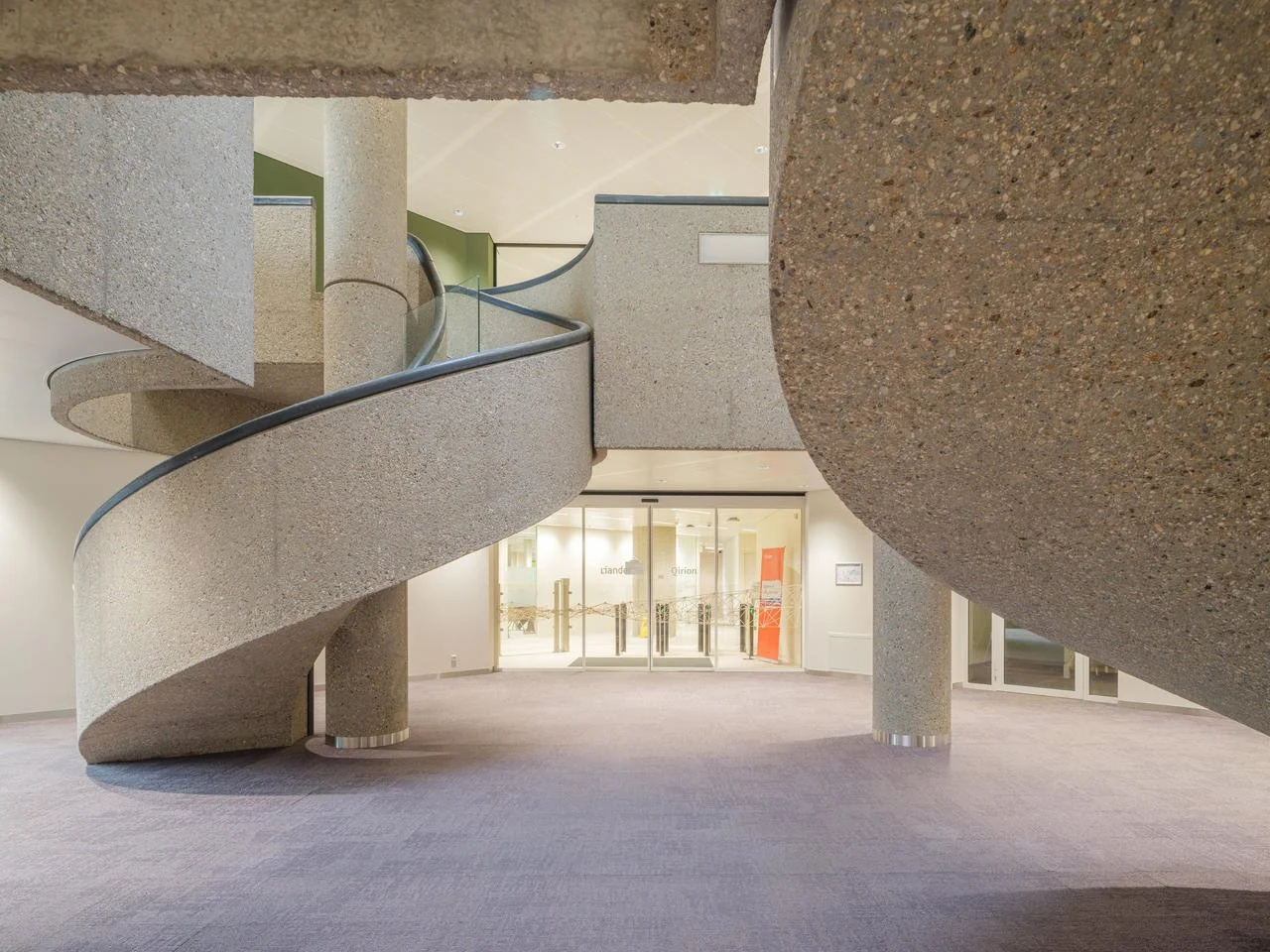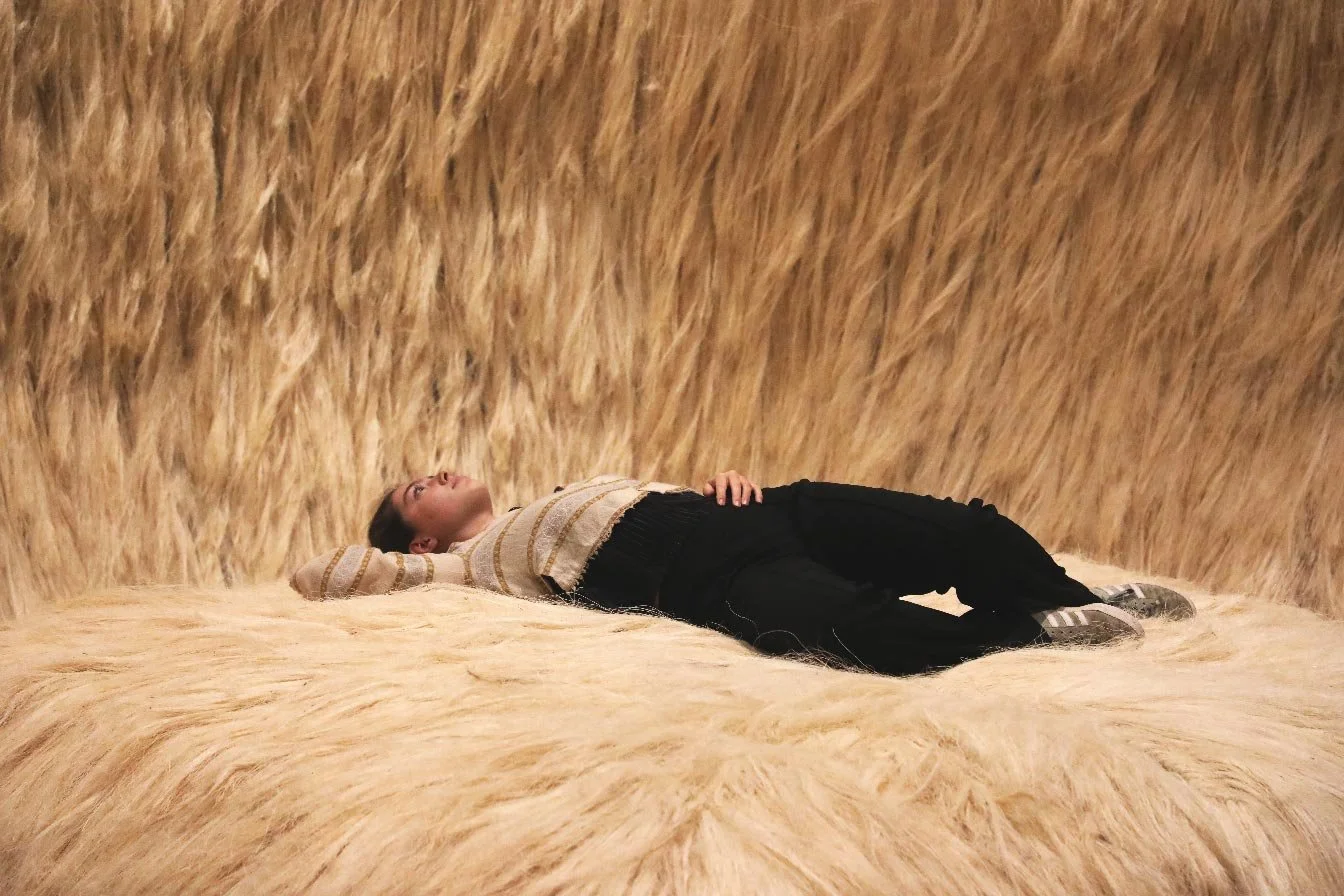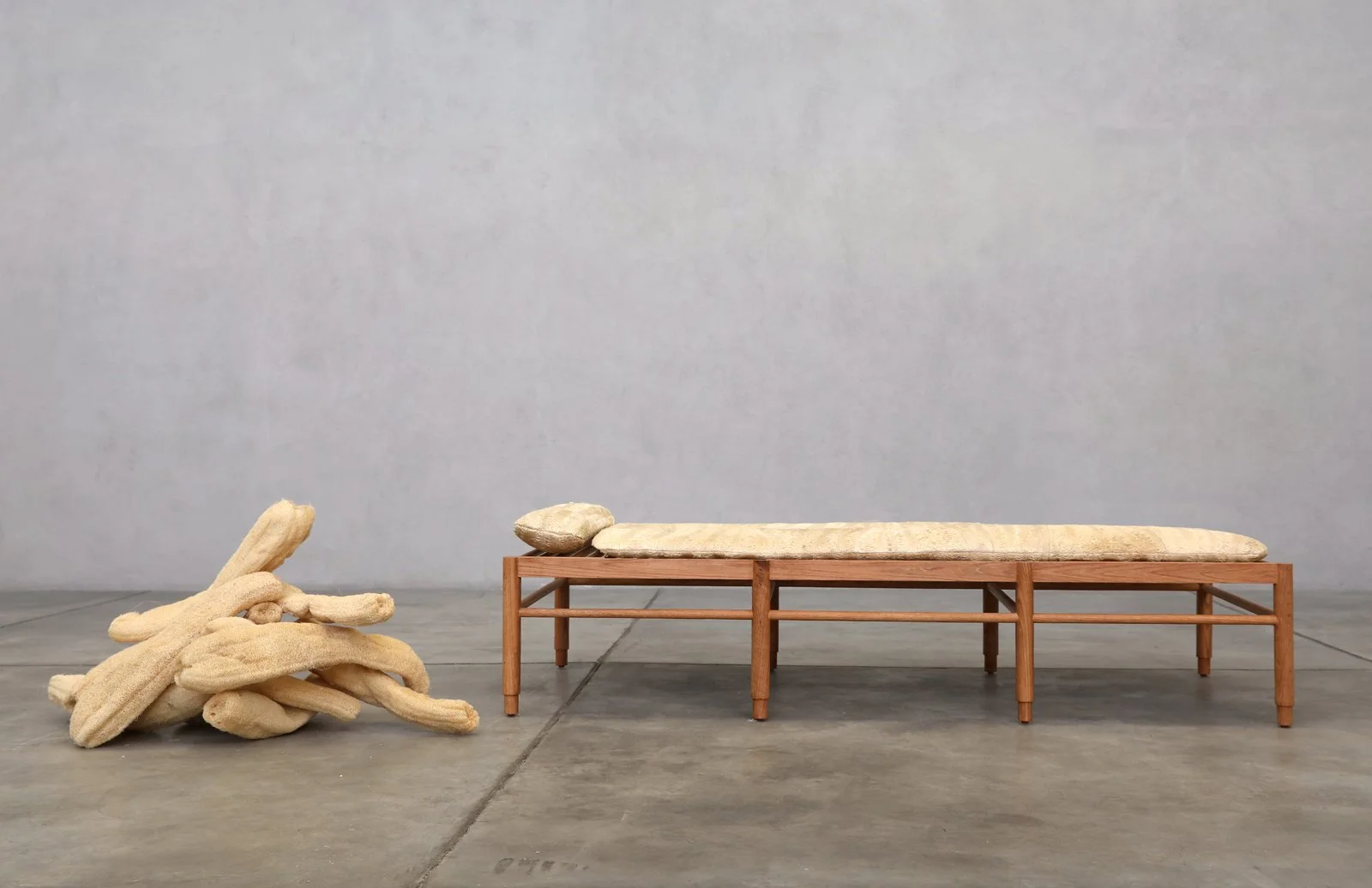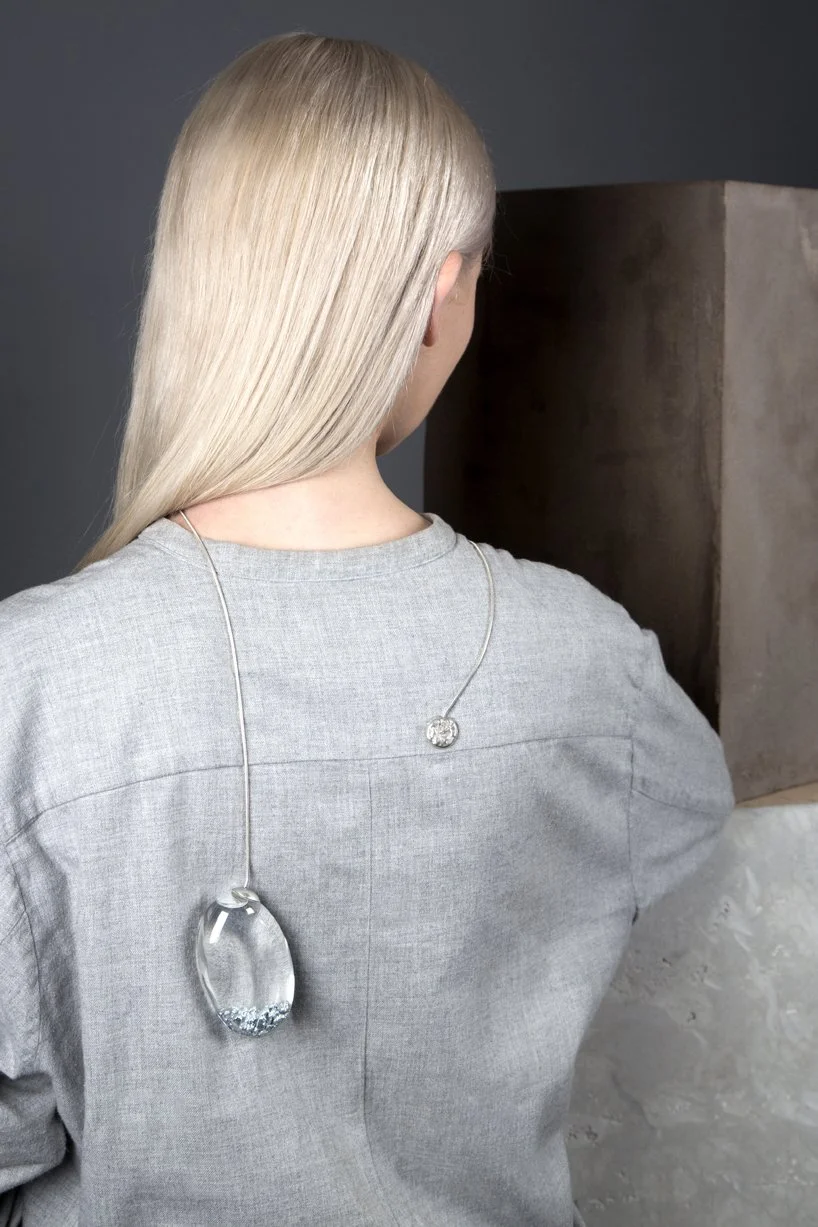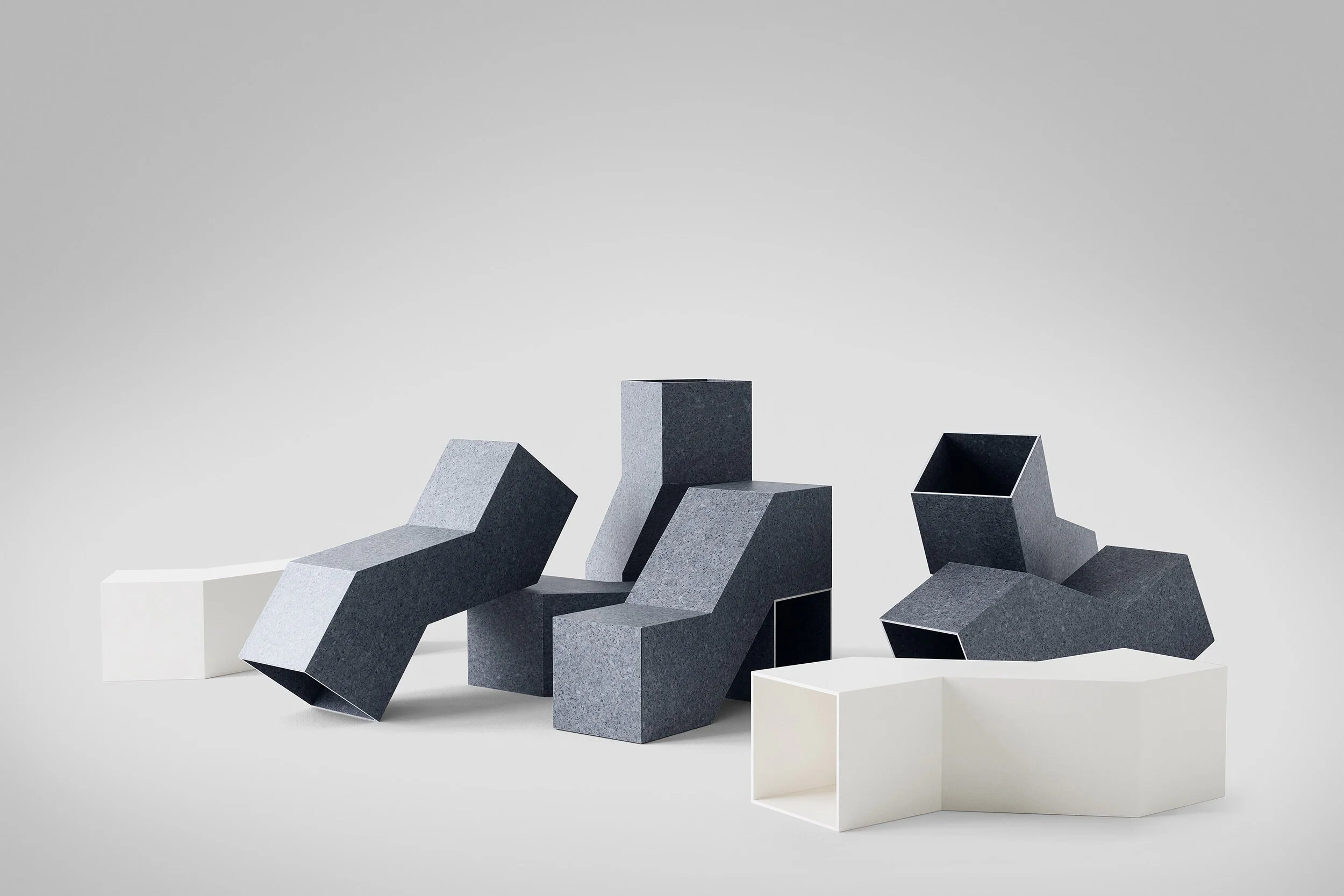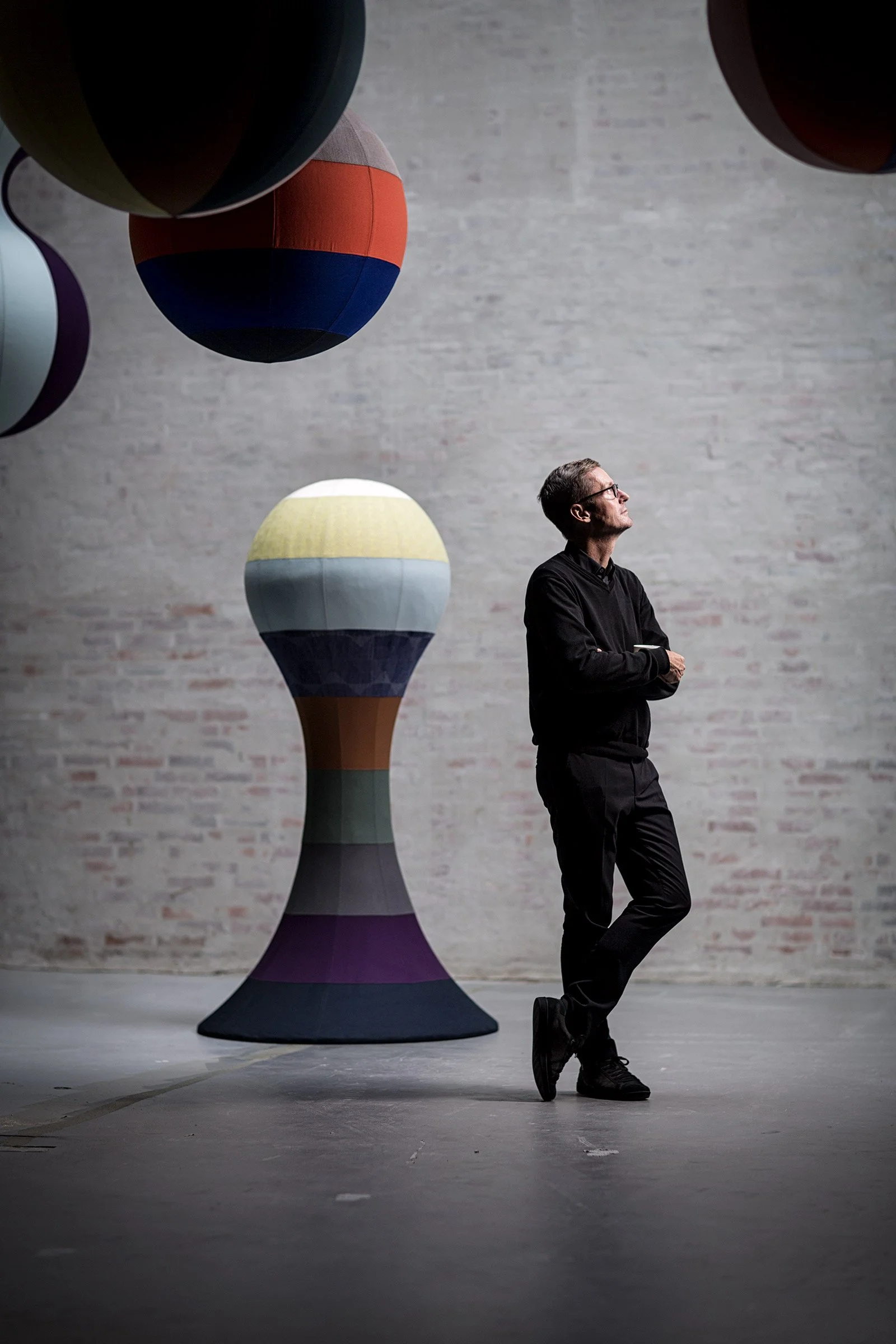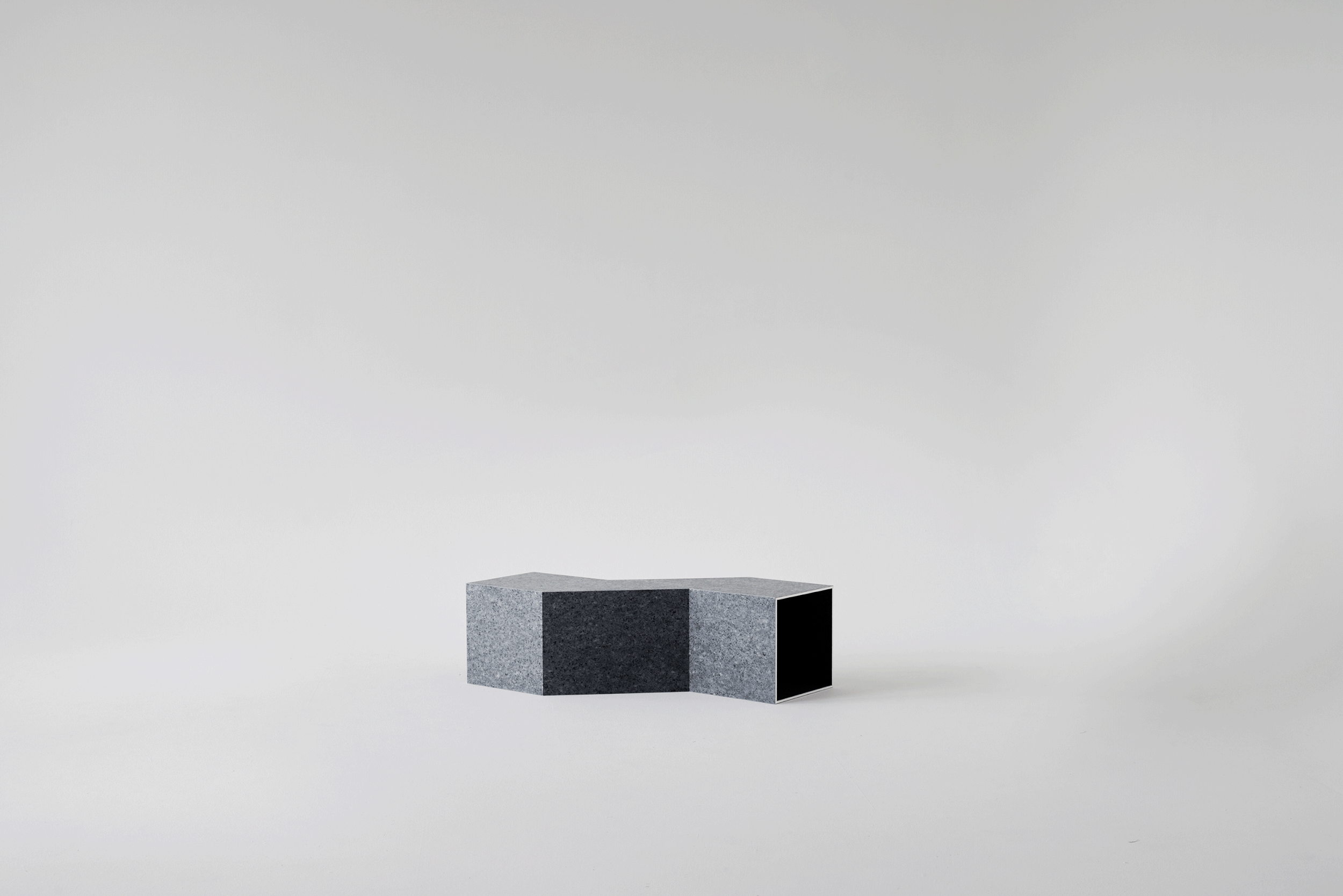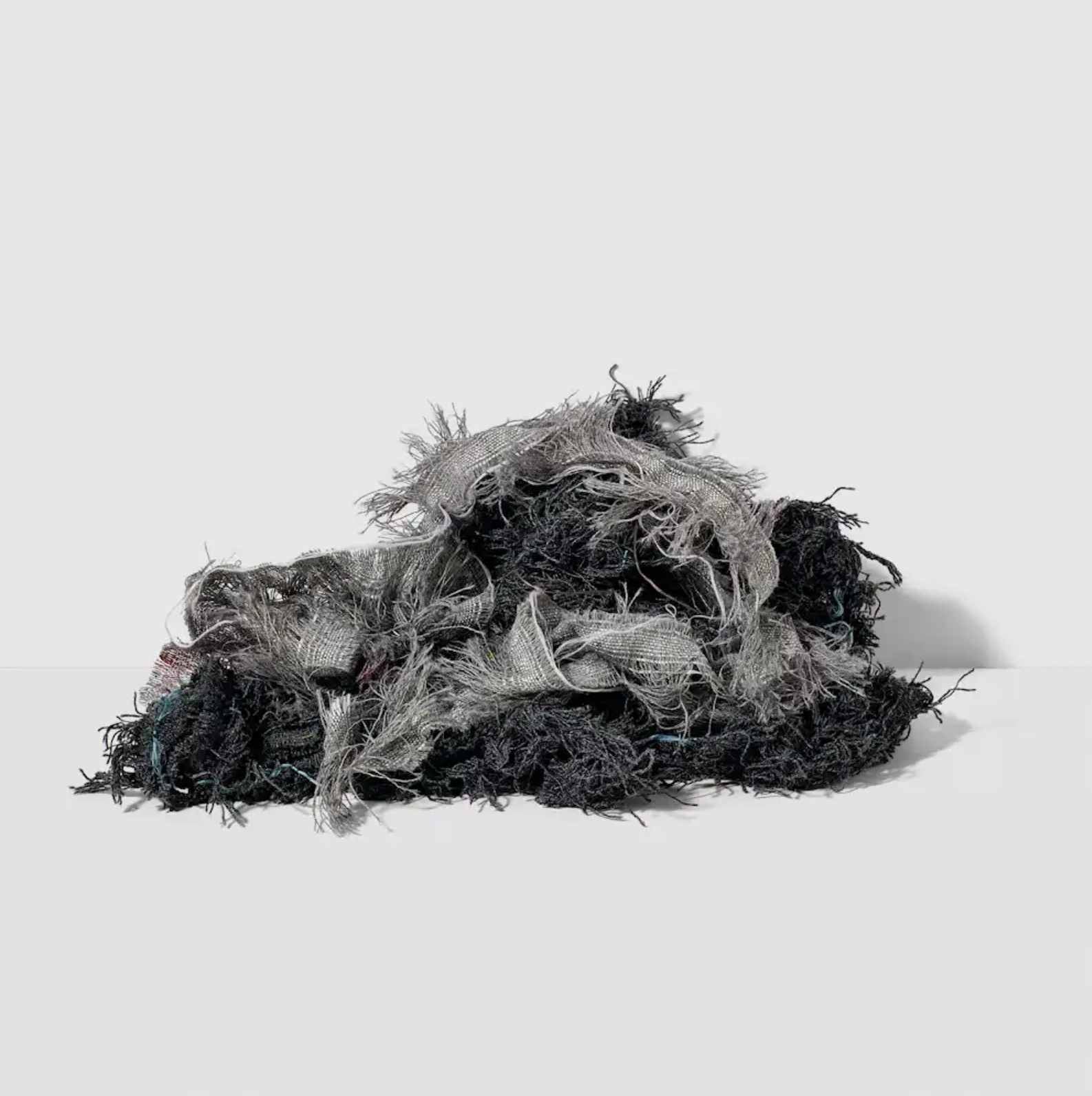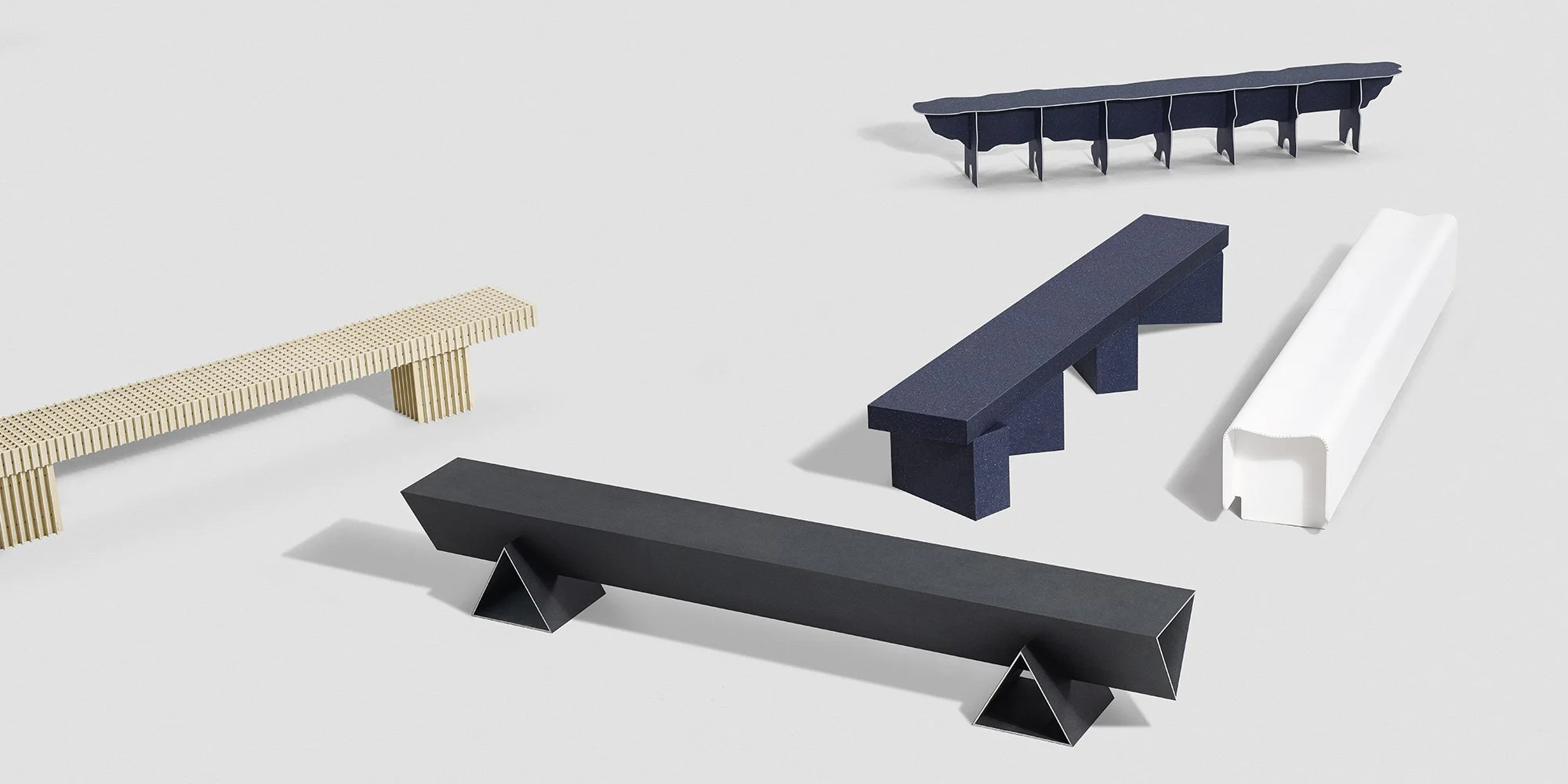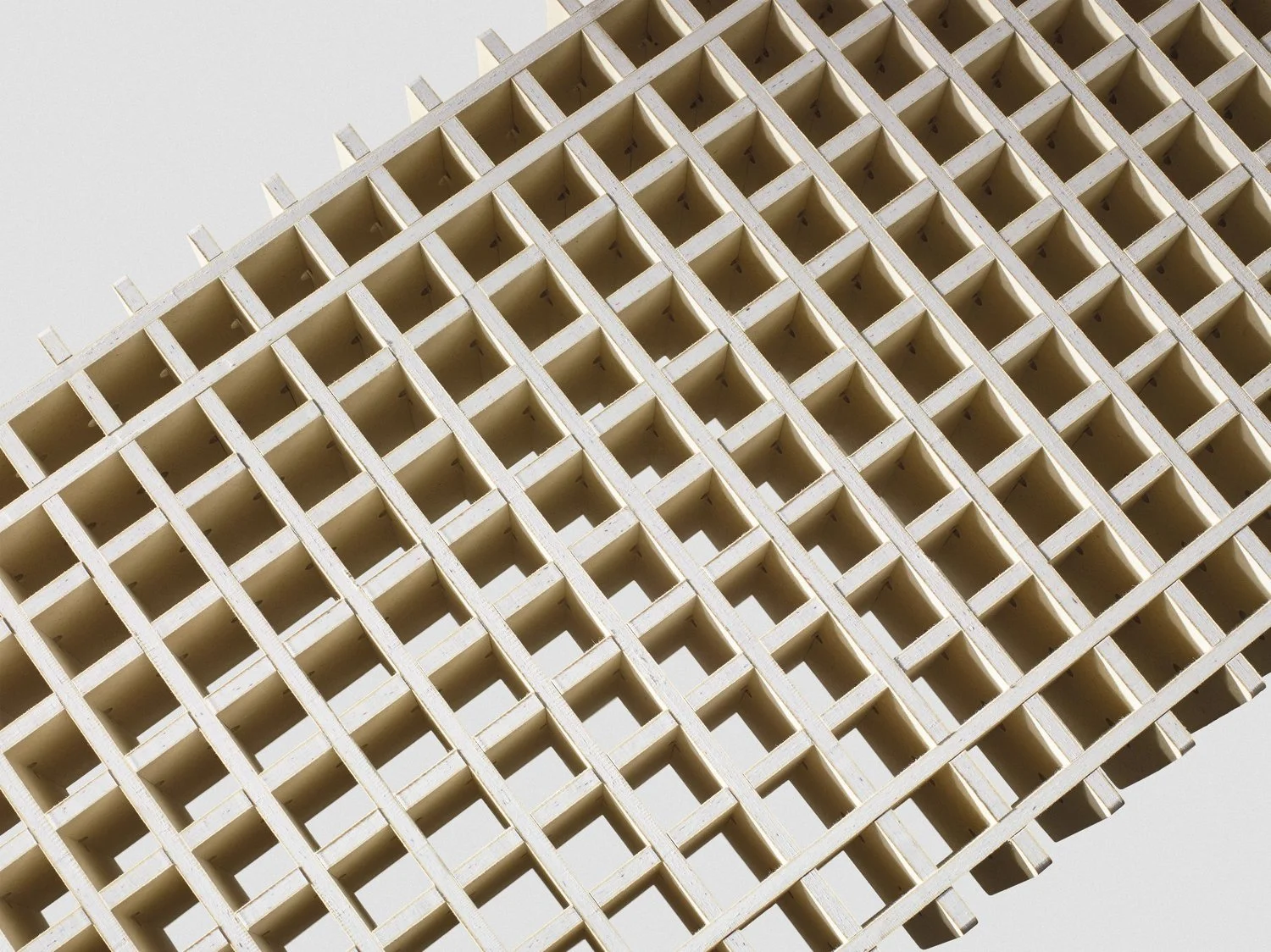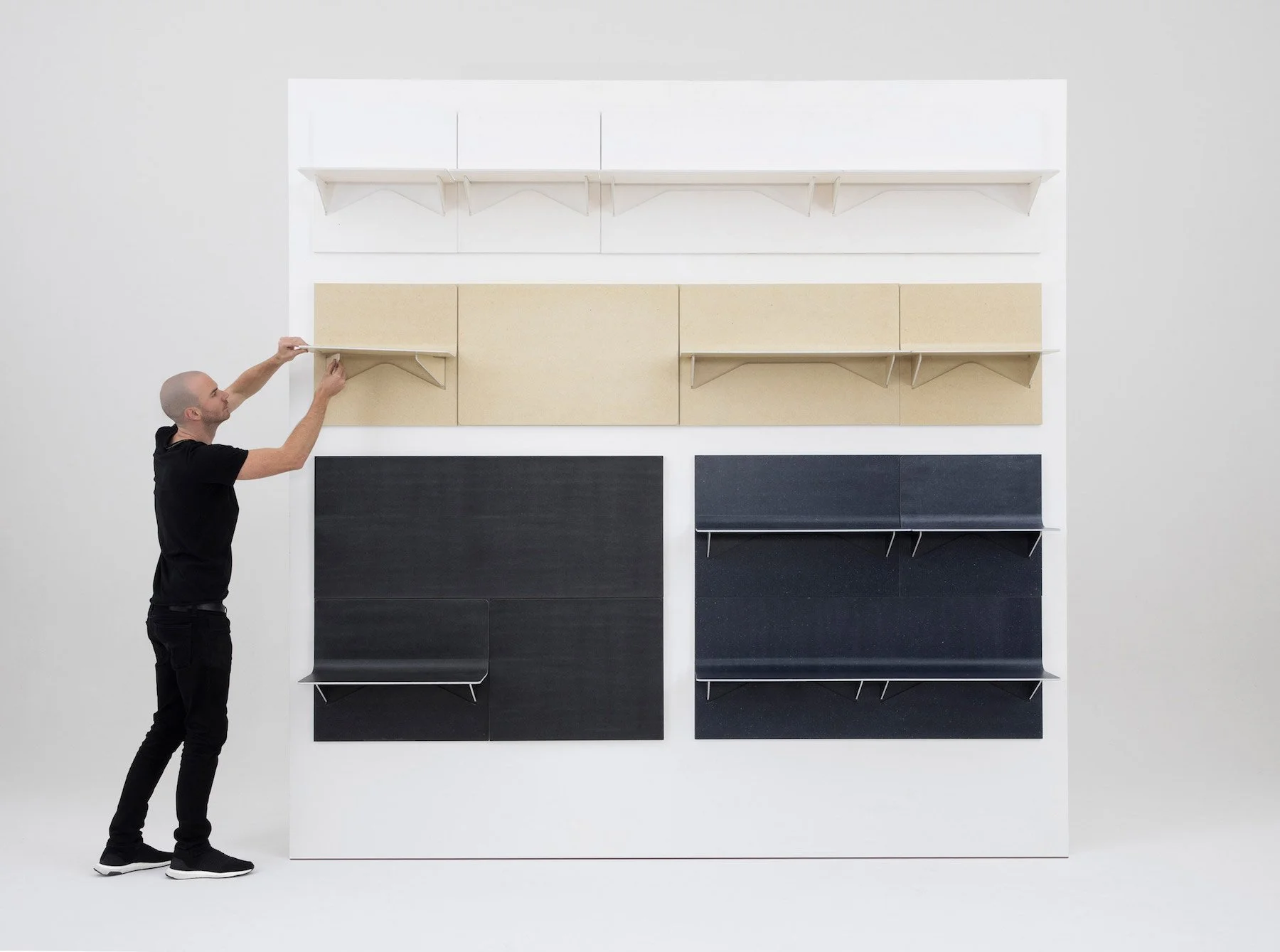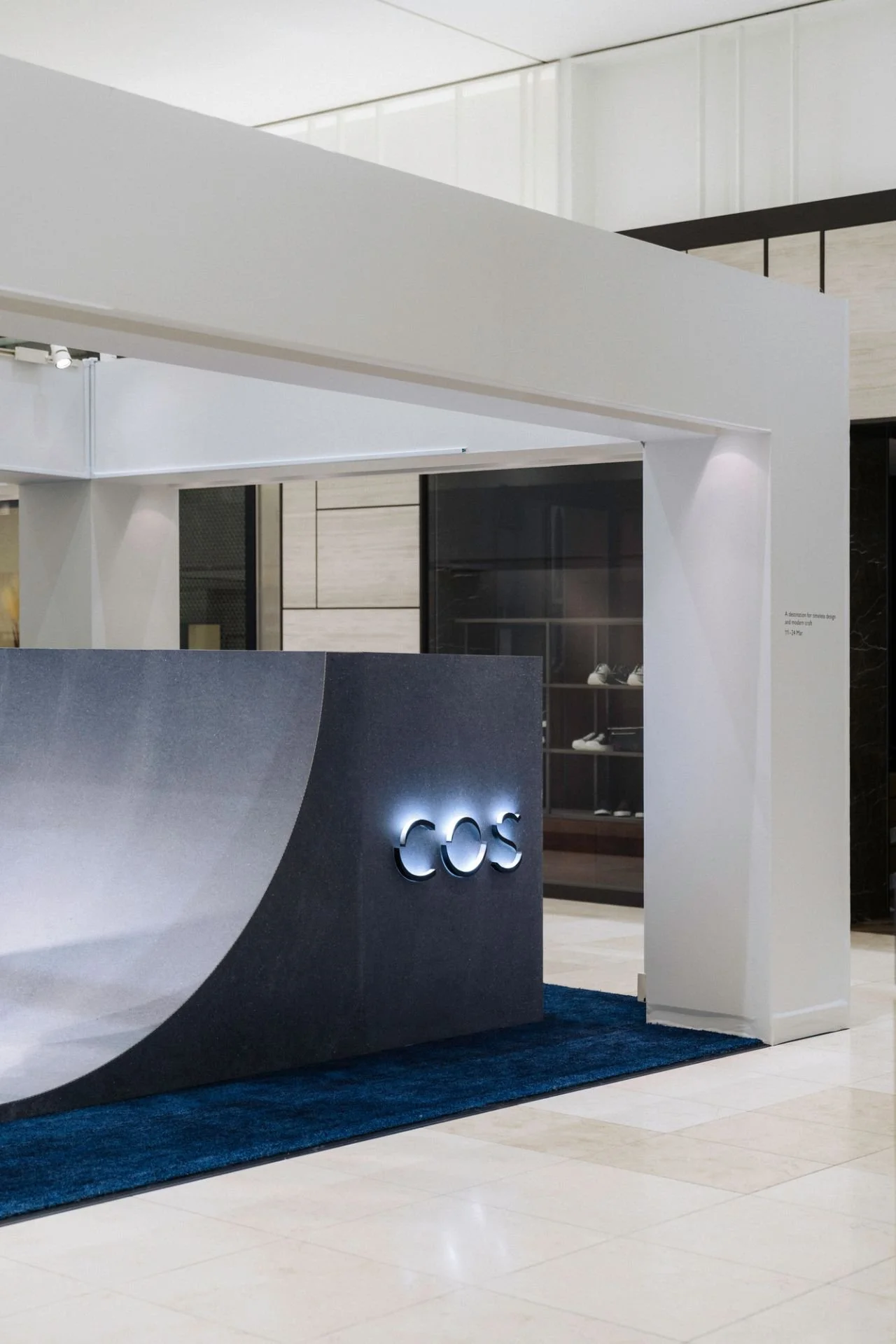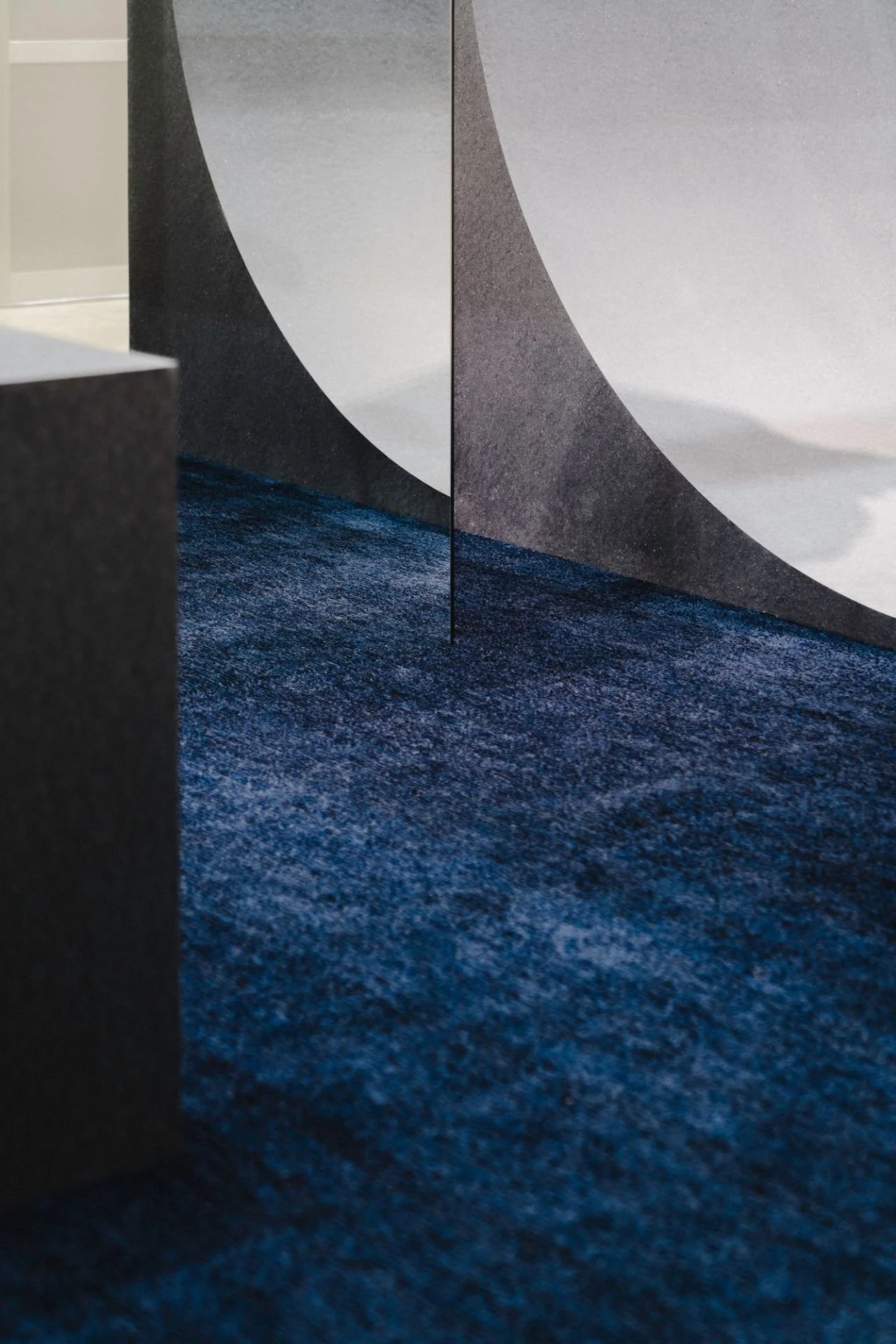 Image 1 of 11
Image 1 of 11

 Image 2 of 11
Image 2 of 11

 Image 3 of 11
Image 3 of 11

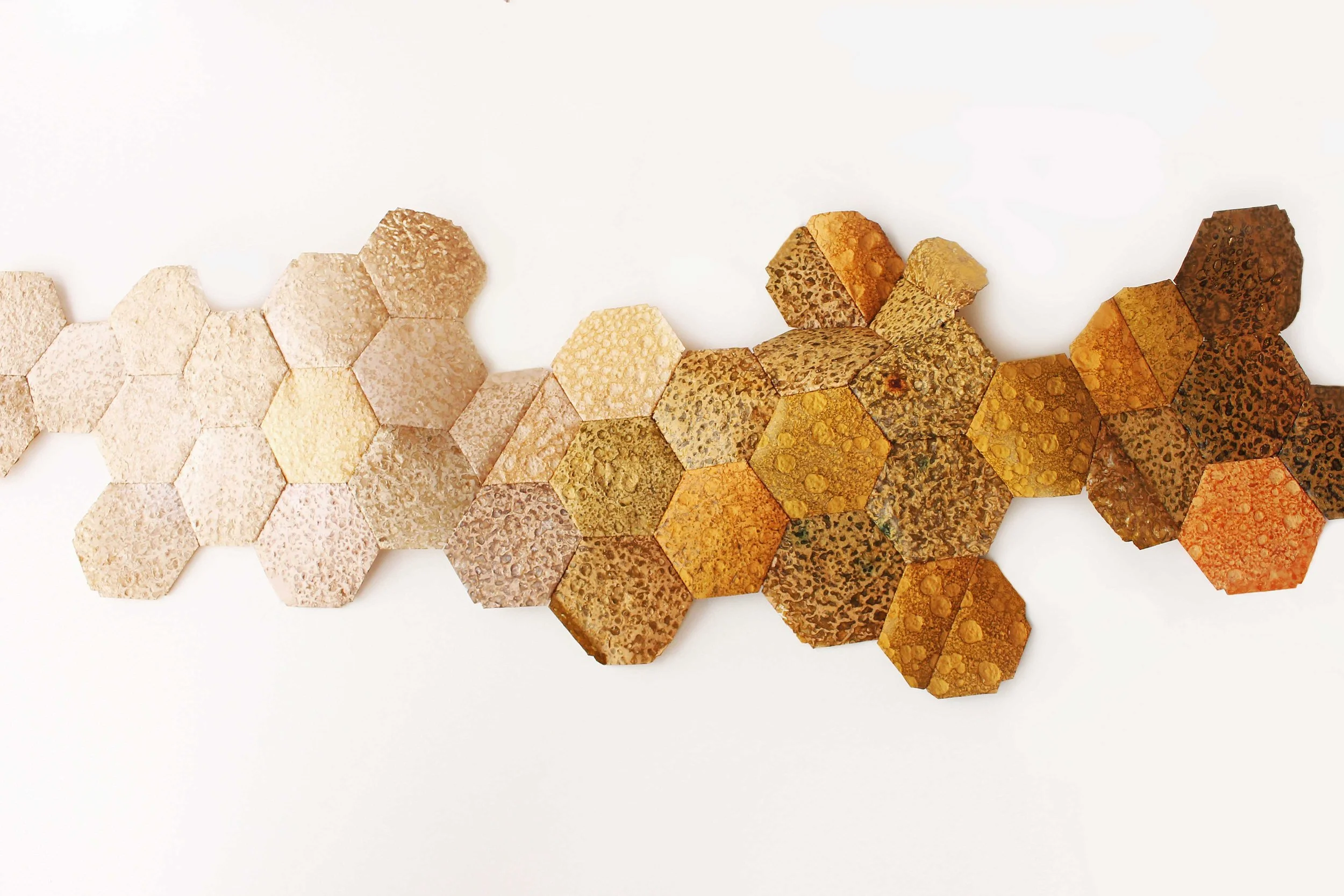 Image 4 of 11
Image 4 of 11

 Image 5 of 11
Image 5 of 11

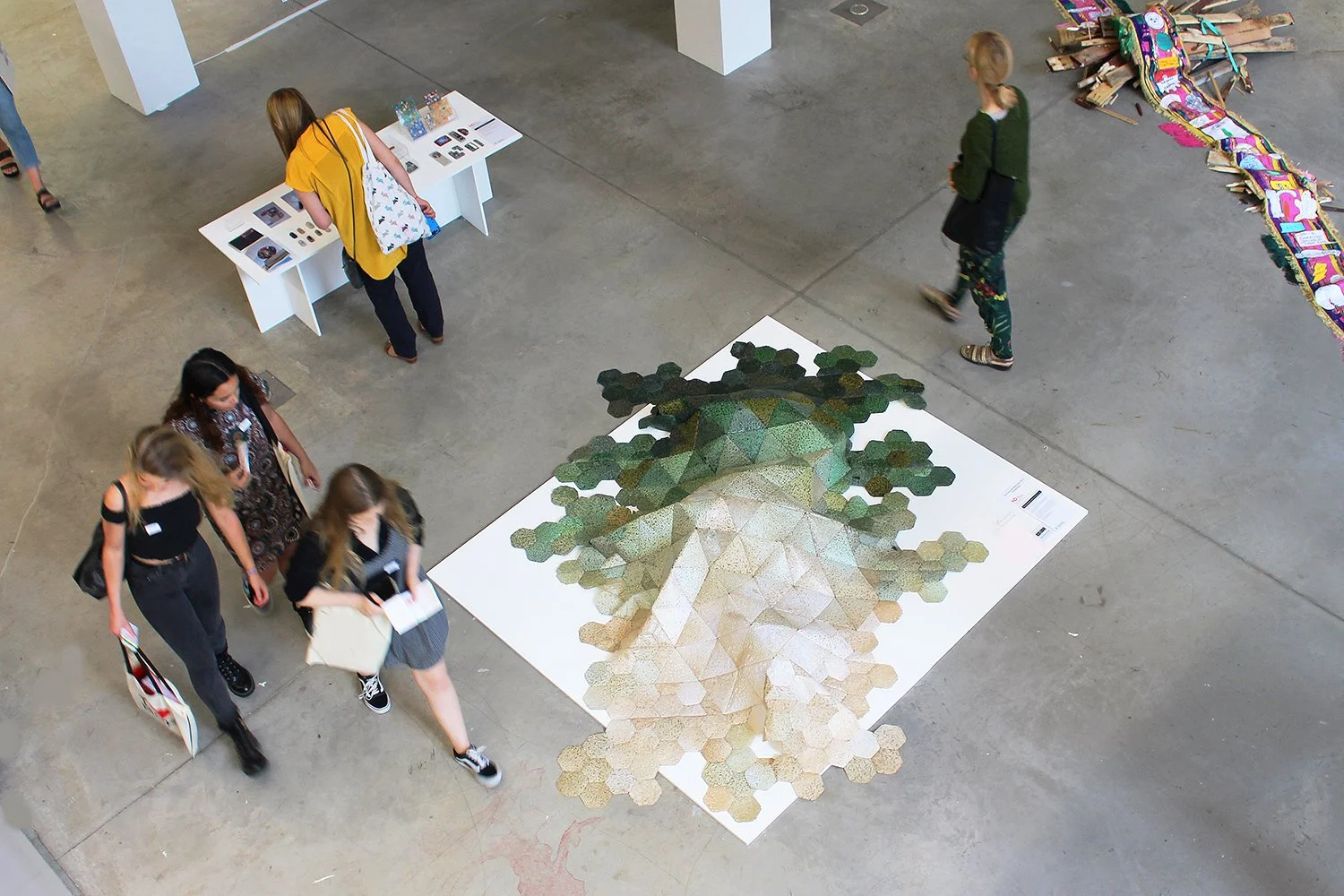 Image 6 of 11
Image 6 of 11

 Image 7 of 11
Image 7 of 11

 Image 8 of 11
Image 8 of 11

 Image 9 of 11
Image 9 of 11

 Image 10 of 11
Image 10 of 11

 Image 11 of 11
Image 11 of 11












Hannah Elisabeth Jones specialises in biomaterials and organic colour
Hannah Elisabeth Jones is a multidisciplinary artist-designer and researcher based in the UK, specializing in biomaterials and organic color. She established her practice with the mission to explore sustainable and innovative material solutions, focusing on circular economy principles. Jones' current mission emphasizes developing bio-based materials and natural dyes, promoting sustainability and environmental awareness in design. Core values include innovation, sustainability, and interdisciplinary collaboration, with a purpose to redefine the relationship between design, materials, and the environment.
Location
Headquarters: Manchester, United Kingdom.
Primary manufacturing/operations locations: Various locations based on project requirements and collaborations.
The Circular Vision
Core circular economy principles: Designing out waste, using biodegradable and locally sourced materials, and creating products that promote environmental awareness and sustainable practices.
Key innovations: Development of BioMarble, a flexible material made from waste paper pulp and biodegradable ingredients. Creation of a comprehensive natural dye database called 'Lliw Lleol' (Local Colour), investigating colors obtained from locally foraged common plants and weeds.
Prioritization of local sourcing and closed-loop supply chains: Strong emphasis on using locally sourced waste materials and sustainable production methods to minimize environmental impact and support local economies.
Pioneering Solutions
Flagship projects: BioMarble (patent pending material made from waste paper), Lliw Lleol (natural dye database), and various bio-based material experiments combining natural dyes with materials like algae, wood, starch, sodium bicarbonate, and beeswax.
The Regenerative Future
R&D focus areas: Advancing sustainable material development techniques, exploring new applications for bio-based materials and natural dyes, and developing solutions that further reduce waste and energy consumption in design and production processes.
Ambitious goals: To lead the design industry in sustainable practices, create zero-waste products, and inspire a shift towards a regenerative approach to material design and usage.
Fact Sheet
Commercial Availability: Design services and products available through collaborations, exhibitions, and partnerships with brands and institutions.
Circularity Rating: 5/5 (Strong focus on integrating circular economy principles and waste reduction in design).
Key Certifications: Various awards including the Burberry Design Scholarship, Robin and Lucienne Day Foundation Prize, and Textile Society Student Award.
Material Passport: Detailed material traceability and use of biodegradable and locally sourced materials in projects.
Designed for Disassembly: Yes, many projects focus on biodegradable materials that can be safely returned to the environment.
Carbon Performance: Focus on reducing carbon footprint through the use of waste materials and local production. Committed to minimizing environmental impact through efficient design and manufacturing processes.
Key Takeaway
Hannah Elisabeth Jones transforms the design industry through innovative, sustainable solutions that prioritize circular economy principles, setting a benchmark for environmental responsibility and material innovation in contemporary design.
Explore Further
Hannah Elisabeth Jones website: https://www.hannahelisabethjones.co.uk
Hannah Elisabeth Jones is a multidisciplinary artist-designer and researcher based in the UK, specializing in biomaterials and organic color. She established her practice with the mission to explore sustainable and innovative material solutions, focusing on circular economy principles. Jones' current mission emphasizes developing bio-based materials and natural dyes, promoting sustainability and environmental awareness in design. Core values include innovation, sustainability, and interdisciplinary collaboration, with a purpose to redefine the relationship between design, materials, and the environment.
Location
Headquarters: Manchester, United Kingdom.
Primary manufacturing/operations locations: Various locations based on project requirements and collaborations.
The Circular Vision
Core circular economy principles: Designing out waste, using biodegradable and locally sourced materials, and creating products that promote environmental awareness and sustainable practices.
Key innovations: Development of BioMarble, a flexible material made from waste paper pulp and biodegradable ingredients. Creation of a comprehensive natural dye database called 'Lliw Lleol' (Local Colour), investigating colors obtained from locally foraged common plants and weeds.
Prioritization of local sourcing and closed-loop supply chains: Strong emphasis on using locally sourced waste materials and sustainable production methods to minimize environmental impact and support local economies.
Pioneering Solutions
Flagship projects: BioMarble (patent pending material made from waste paper), Lliw Lleol (natural dye database), and various bio-based material experiments combining natural dyes with materials like algae, wood, starch, sodium bicarbonate, and beeswax.
The Regenerative Future
R&D focus areas: Advancing sustainable material development techniques, exploring new applications for bio-based materials and natural dyes, and developing solutions that further reduce waste and energy consumption in design and production processes.
Ambitious goals: To lead the design industry in sustainable practices, create zero-waste products, and inspire a shift towards a regenerative approach to material design and usage.
Fact Sheet
Commercial Availability: Design services and products available through collaborations, exhibitions, and partnerships with brands and institutions.
Circularity Rating: 5/5 (Strong focus on integrating circular economy principles and waste reduction in design).
Key Certifications: Various awards including the Burberry Design Scholarship, Robin and Lucienne Day Foundation Prize, and Textile Society Student Award.
Material Passport: Detailed material traceability and use of biodegradable and locally sourced materials in projects.
Designed for Disassembly: Yes, many projects focus on biodegradable materials that can be safely returned to the environment.
Carbon Performance: Focus on reducing carbon footprint through the use of waste materials and local production. Committed to minimizing environmental impact through efficient design and manufacturing processes.
Key Takeaway
Hannah Elisabeth Jones transforms the design industry through innovative, sustainable solutions that prioritize circular economy principles, setting a benchmark for environmental responsibility and material innovation in contemporary design.
Explore Further
Hannah Elisabeth Jones website: https://www.hannahelisabethjones.co.uk





















